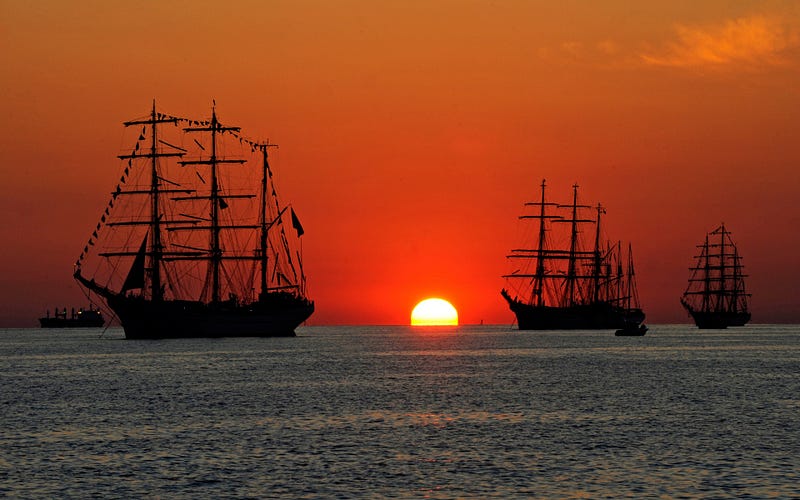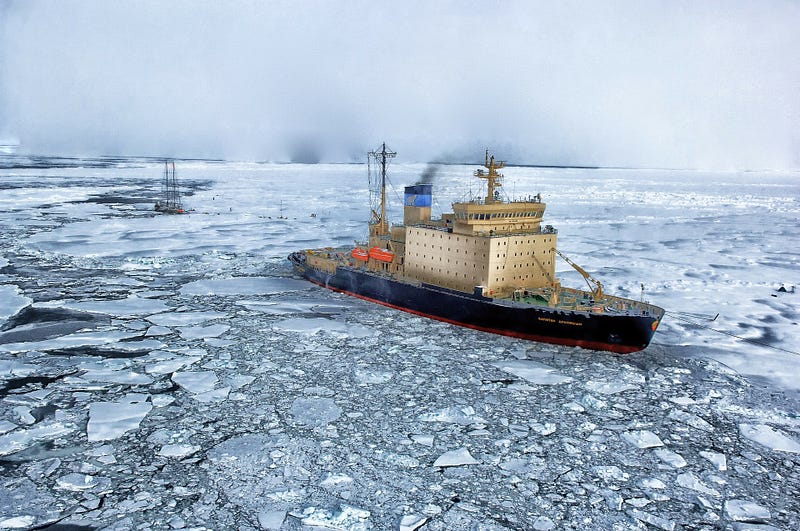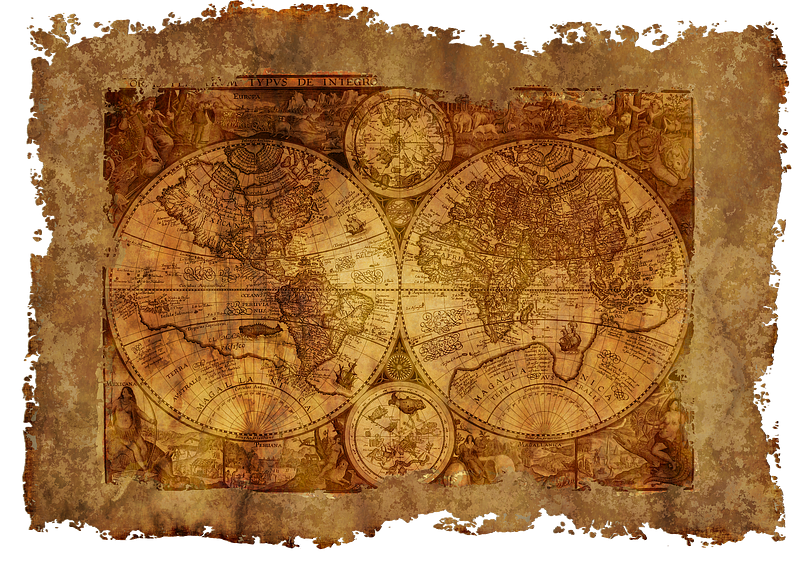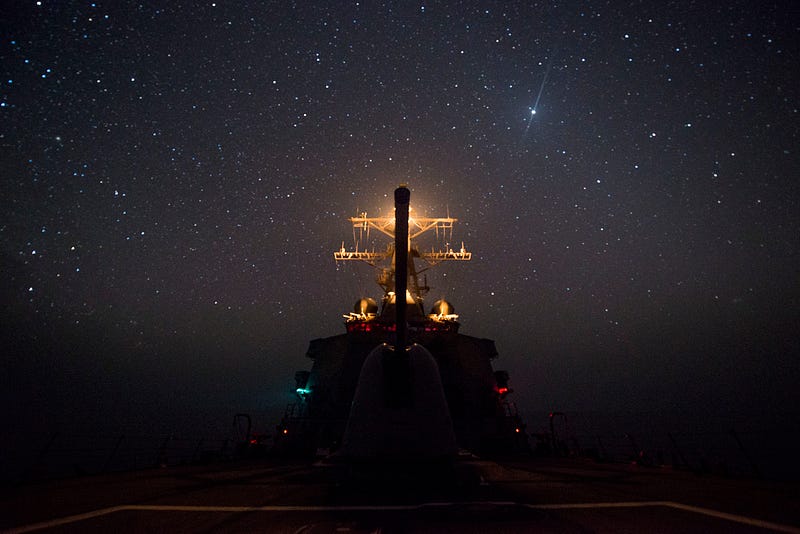
“The supreme art of war is to subdue the enemy without fighting.” — Sun Tzu
“What’s my style? The art of fighting without fighting” — Bruce Lee
I had the great pleasure to play for Toulouse or Stade Toulousain during my rugby days. One of the greatest lessons I learned there was not from any one person, it was from the ethos of the club. To give context, in most sports competitions, each team plays a home and an away match.
Toulouse traditionally destroyed teams at all. When teams were on the ropes we were encouraged to increase the intensity and absolutely drive the victory home. Every second counted. In doing so, you would leave a mental scar on the opposition. They would remember how good you were and it would be very difficult for them to forget that.
As a result, when you played in the return fixture, oftentimes you would have won the game before you even took the field. The opposition would be thinking about the severe loss they suffered the night before and struggle to imagine beating us.
Essentially, every aspect was catered for to ensure a mental victory before a physical battle even took place. In essence, this is a version of fighting without fighting.
Business Battles and Spectacular Misses
In the past, when a leader was at the helm of any business, they would have a pretty good foresight of what was coming. Today, many leaders cannot even settle the ship for today, let alone the future. The reality is that the business ocean will never be the same again, it is going to be full of icebergs, tsunamis and smaller, more nimble ships.
So many companies today know they are headed for an iceberg, but so few of them do anything meaningful to avoid it. They continue to rearrange the deckchairs on the titanic and partake in some tick-the-box brainstorming sessions to tick the innovation box.
What is worse is when the captain of the ship is told by her crew-mates that there is an iceberg or several icebergs dead ahead and does nothing about it. These Captains are either too focused on the near term or immediate profits or do not involve their wider team as part of steering the ship, they like the power of holding the steering wheel.

These same “leaders”, whilst knowing the iceberg is coming, often wait until the very last minute to take action. A huge publicity-laden swerve takes place. The ship goes up on its side, the bow scrapes of the iceberg, a department or two of the ship fall off into the icy waters, some may even jump off, some have hidden life boats and slither off into the sunset. The storm settles, the ship regain composure, but there has been huge collateral damage. All hail the captain who saved us from hitting the iceberg???
The infinitely more impressive leader is the one who pre-empts the iceberg coming well in advance of any impact.
Instead of a dramatic last-minute swerve to avoid the iceberg. This CEO keeps the ship on a long-term steady course. This CEO avoids the iceberg altogether (as with martial arts: learn to master skills in order to never use them). As a result the ship does not have any dramatic turns, but rather the variations are slight, gradual and the course is set well in advance. There is no collateral damage, there are no near misses, there is no fanfare because many people in the company (and on the board) do not notice because there was no ruckus.
The latter point is quite often overlooked. Many excellent leaders go unnoticed simply because they do a great job. This necessitates a strong absence of ego.
Character traits apart, how does such a leader go about this?
Following are 3 suggestions.
Chart Territories Known and Unknown

To do business the way it has always been done is akin to using an archaic map of the ocean to navigate it. The business world has changed immensely. Most businesses still treat customers as consumers and not people, not humans, who have evolved hugely in the past half century. When dealing with business, you must consider the myriad variables at play, it is not simply about the plethora of business models available, it is about which ones work for people. It is deeper than that, it is about which ones work for people in different markets, how evolved are those territories, what mental models work internally in your company and externally in the marketplace.
Reconnaissance Teams

In every business there are tsunamis, pirates and icebergs seen and unseen. Some are very visible, whilst some are mostly submerged.
The wise captain knows that there are things he does not know and so creates a team or several teams who are charged with reconnaissance.
These team are part of the mothership, but are charged with charting new territories and seeking out icebergs, naval mines and tsunamis. Their leadership understand even if they set off a naval mine, but it is done under the right strategy, then they did a good job.
They can explore for new opportunities, seeking out treasure on uncharted land. Their mission is to spot icebergs that mothership would not see from the captains bridge.
The captains bridge and the crow’s nest is trained to spot certain things, but not when the waters are new and uncharted.
Most ship captains are doing a good job if the ship gets from A to B and no-one goes unharmed, everyone gets safe passage and has a pleasant trip. Those days are long over.
North Stars

For regular followers of The Thursday Thought you will have read about the concept of the North Star before.
“The North Star” from a marine perspective refers to the star, which guides ships in a certain direction. At night, ancient mariners were guided by the stars. The North Star was their constant marker. The North Star remained in one consistent spot, while other stars rotated around it. This gave sailors a consistent truth from which to determine their direction.
From a business perspective, (and a personal career perspective) we all need such direction. We need a consistent (agreed upon) direction, which guides the entire company, collective activities and individual activities. This collective direction then guides all organisational thinking and means total alignment.
This is essential when companies have reconnaissance teams, which come in the shape of innovation labs, incubators and digital teams. Sadly, despite good intentions such teams become silos in their own right. Their main function should be to merge with the existing teams and pass on new knowledge and recount stories of the new lands they have seen and new opponents that await.
If companies have a resonant, resilient North Star. If this North Star is agreed upon by all decision makers and in turn by their own departments and teams themselves have their own North Stars, then the company knows its direction. Companies need this clear explicit North Star so that the crew know why they go to their ship(s) every day. This north star needs to be both explicit and implicit.
Importantly, the implicit meaning needs to be a set of themes that crew members can internalise and interpret their own meaning from. This ensures emotional attachment.
Without such meaning, without investing in the right crew and without investing in a reconnaissance team companies will eventually hit an iceberg, get wrecked by pirates or become a Ghost Ship.
Better to avoid such fate and better still avoid the damage at all!
Katawave
Our clients always ask what this means.
Kata is a Japanese word, which literally means form. It is use to describe a set of detailed, choreographed pattern of mastered movements. Wave refers to the waves of disruption the world of business is experiencing. Katawave helps clients master the direction and future focus of their organisations and do this amidst the waves of disruption. We help clients make sense of their future and guide in a their uncertain future. More posts like this here.